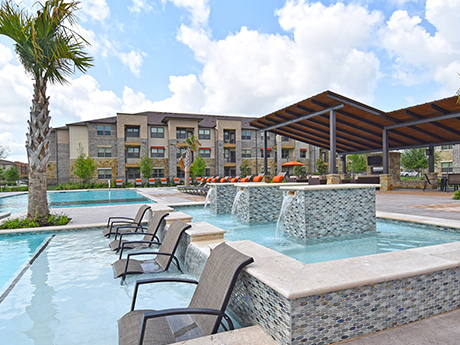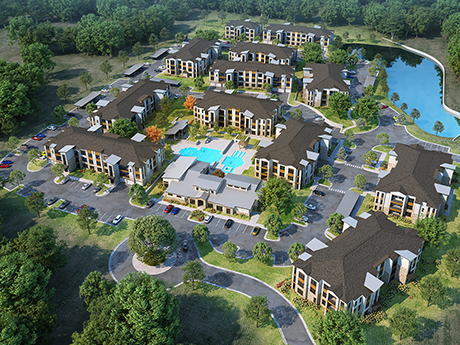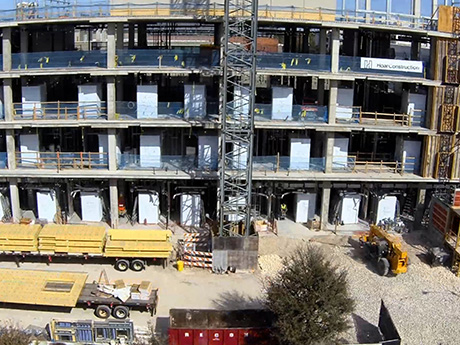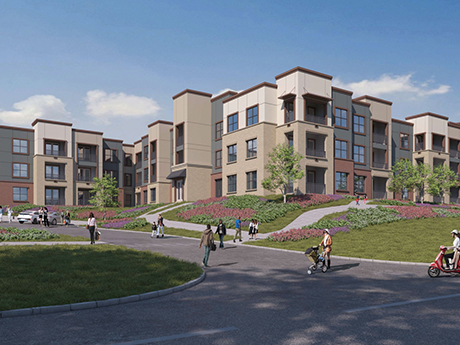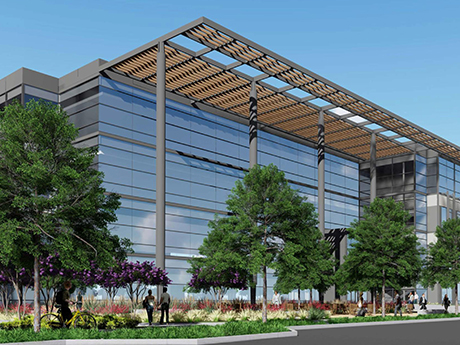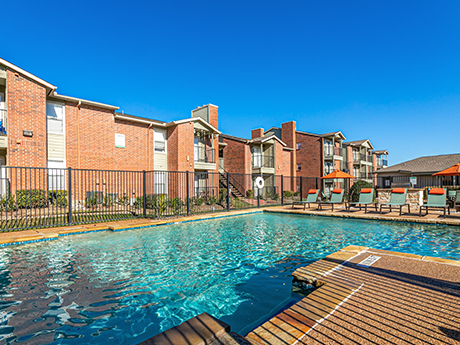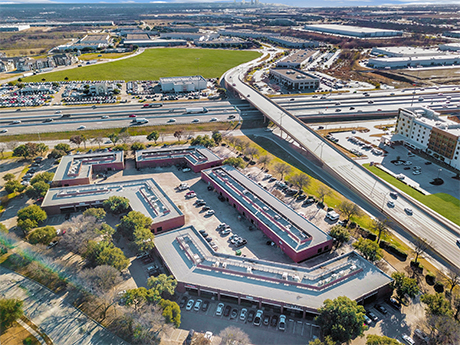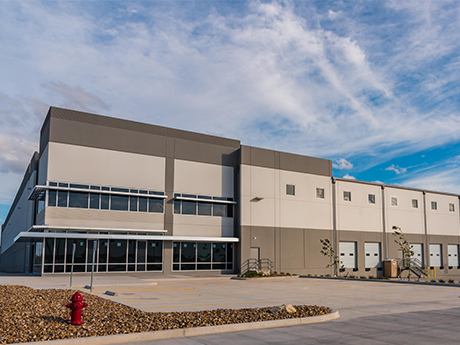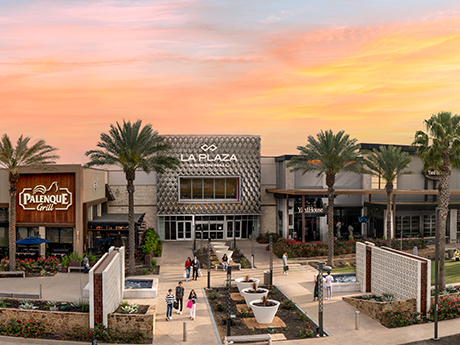By Taylor Williams The factors and parameters by which commercial lenders and investors underwrite, value and price assets are changing at whirlwind speeds, creating a capital markets landscape that is defined by volatility as the second half of the year unfolds. Capital markets professionals — as well as regular consumers — seem to agree that interest-rate hikes are a necessary evil in warding off record-high inflation. The Consumer Price Index (CPI) rose 8.6 percent year-over-year in May, the latest data available at the time of this writing. But a lack of clarity on the magnitude of these future rate hikes makes it increasingly difficult for commercial borrowers to accurately gauge risk in their deals and project cash flows at their properties. The Federal Reserve’s decision to raise the federal funds rate by 75 basis points at its latest June meeting illustrates the impulsiveness and hastiness with which fiscal policy is being crafted. Prior to the release of the May inflation report the previous week, investors had widely anticipated a 50-basis-point hike. Reports of an even more aggressive rate bump crystallized fears of inflation and sent the stock market into a spiral, with the Dow Jones Industrial Average shedding more than …
Texas
By John D. Hutchinson, vice chairman, global head of origination, Trez Capital The COVID-19 pandemic brought mass migration to the Sun Belt states, and by far, the most sought-after location of the pandemic migration boom was Texas. Multifamily investment demand remains strong due a higher quality of living, affordability and job growth. People are leaving high-tax, high-regulation states and moving to states like Texas with lower taxes and more favorable business climates. Austin, specifically, has outshone the top cities in the “Texas Triangle” with its large influx of both people and jobs. Austin’s exponential population growth, attractive cultural qualities and high-income jobs have created demand for and premium prices on real estate. Although the U.S. economy has seen changes in the last couple of months, such as inflation and interest rate hikes, the city still affords a great opportunity for multifamily investors. According to data from CoStar Group, Austin has doubled its construction starts over the past year and is expected to add 15,827 new units in 2022. In fact, there was a record 25 percent rent growth and strong occupancy at the end of 2021. A Growing Market In 2021, the Austin area’s net population growth was about 16 …
By Jake Snyder, director of preconstruction, Hoar Construction Thanks to its rich culture, technology-friendly atmosphere and eclectic music scene, Austin has blossomed over the past decade into a hotspot for businesses and residents alike that are seeking to ride the wave of the city’s phenomenal growth story. Just last year, the U.S. Census Bureau reported that Austin is the fastest-growing major metro area in the country, posting a 3 percent increase in population between 2020 and 2021. Pair that recent growth with a global pandemic, and you have an urgent need for increased healthcare development to accommodate the number of people moving into the city. However, as with most other facets of commercial real estate, construction took a proverbial uppercut blow from COVID-19. Project delays, price hikes and material shortages have made every aspect of the construction life cycle more difficult, but not impossible. According to Associated Builders and Contractors, nearly 650,000 additional workers are currently needed to meet the demand for labor on construction sites, while an estimated 1.2 million will leave their jobs this year to work in other industries. A recent report from labor market research firm JobsEQ also found that the Austin area could be short …
After seeing its population grow by 97,000 between July 2020 and 2021, the Dallas-Fort Worth (DFW) metroplex is now home to nearly 8 million people, according to data from the U.S. Census Bureau. And it’s getting increasingly harder to adequately and affordably house the growing population. The problem isn’t new, just exacerbated, and it’s hardly unique to DFW. But when a market experiences the rate of population growth that the metroplex has over the last decade, the question of how much housing inventory exists that’s financially feasible for the average resident to rent or own gets thrust under the microscope. Of course, there’s a major difference between housing that’s affordable and affordable housing. The former is something of an arbitrary concept, whereas the latter carries a precise legal and regulatory definition. But the socioeconomic issue embodied within the two is largely the same. General Barriers A recent report from the National Low Income Housing Coalition ranked Texas — once heralded as the land of infinite land — as the sixth-worst state in terms of availability of rental housing for low-income households. This finding runs counter to Texas’ longstanding reputation as a state with an affordable cost of living, but …
By Marshall Mays, vice president, Colliers Dallas-Fort Worth (DFW) is a hot market for commercial real estate right now, with people from across the country relocating to the area every day. The metroplex’s population is growing at an annual rate that rivals those of other top U.S. markets, including Austin, its neighbor to the south that is often considered to be a more glamorous city. With the increasing number of businesses relocating to Texas and more offices opening back up, the urban core of Fort Worth has become a particularly popular destination for industry growth in Texas. The Market Today The performance of Fort Worth’s office market has been particularly encouraging since the start of 2021. Overall, the city’s office vacancy rate currently stands at 13.3 percent, down from a pandemic-era high of 14 percent in the third quarter of 2020. This positive trend is aided by a quicker “return to office” in DFW. According to research from Kastle Systems, a security company that provides access control systems for office buildings around the globe, Texas as a whole has outpaced major cities and other states in terms of the speed and degree to which office occupancy rates have been recouped. …
By Al Silva, senior managing director, investments, Marcus & Millichap; and Ford Braly, first vice president, investments, Marcus & Millichap The multifamily segment in Fort Worth is in a great position. The metro’s vacancy rate slid down to a multi-decade low of 3.1 percent last year, which facilitated stellar rent growth as the number of available rental units plummeted. Fort Worth’s average effective rent grew more than 15 percent in 2021 to $1,276 per month, and the elevation in 2022 is expected to remain in the double digits. Behind this momentum is robust household formation as citizens relocate to the metro for greater job availability, cost-of-living considerations and quality of life. An average of 16,300 new households were created annually in the Fort Worth metro area over the past decade, and the 2022 addition is expected to eclipse that benchmark by about 20 percent. This rate of household creation is about twice as fast as the national pace and is happening at a time in which the barriers to homeownership have rapidly intensified, pushing much of the new demand toward the rental segment. Barriers to Homeownership The median price of a single-family house in the Fort Worth area climbed to …
By Jason Baxter, president and CEO, Fort Capital While some might think that industrial warehouses are overflowing with e-commerce tenants, in Fort Worth, we have seen another tenant mix grow at an even more rapid pace: service providers. These are the plumbers, landscapers and electricians that work behind the scenes to keep cities running. With population growth skyrocketing in Fort Worth, the industrial space needed by these service providers is also growing at a rapid rate. According to the U.S. Census Bureau’s latest population estimates, Fort Worth’s population increase was the third-largest in the country between 2019 and 2020, a period during which the city added more than 19,000 new residents. This increase allowed Fort Worth to jump from No. 13 to No. 12 in terms of the largest U.S. cities based on population. We often forget that population growth at this scale impacts all facets of real estate — housing, office, entertainment, industrial. Each of these uses requires various types of service providers to maintain. Fort Worth and similar fast-growing markets do not have enough space to support this growing segment of the tenant base in addition to the e-commerce and logistics users that have become the face of …
By Paige Suvalsky, field research manager — Central Texas, CBRE; Rob Burlingame, senior vice president — Central Texas, CBRE; and Miller Hamrick, Texas industrial & logistics research lead, CBRE CBRE Research recently profiled Austin and San Antonio as an “emerging” industrial market along the Interstate 35 corridor in Central Texas. This region makes up much of the western portion of the “Texas Triangle”, a mega-region on a global scale that had an economic output of $1.5 trillion in 2021 and a population of just over 20 million people. The Texas Triangle represents a top 25 global economy, just ahead of Spain. The northern apex of the Texas Triangle, Dallas-Fort Worth (DFW), is projected to surpass Chicago by 2034-2035 to become the third-most populous urban region in the United States with a population of 9.4 million. This massive boom in population and business is driving the current rush to Central Texas and pushing regional and national developers to stake their claims in this growing market. Currently, about 5.5 million people live between the stretch of Texas from Laredo to Georgetown, and this area’s population is expected to grow by 10.8 percent over the next five years. According to data from the …
By Brad Frisby, director of land acquisitions, Rhodes Enterprises Demand for housing of all types continues to outpace supply in the Rio Grande Valley (RGV), and developers’ best efforts to add much-needed product throughout the region appear to be reaching a crescendo. Like the rest of the country, residential development in the RGV has been stymied and exacerbated by global supply chain disruption over the last year. Nor have developers in the region been spared from the pricing volatility of key construction materials, from basic building blocks like lumber and steel to more precise pieces such as air conditioning units and kitchen appliances. These factors, along with rising labor costs generated by the reheating of the regional economy, have negatively impacted conventional multifamily construction timelines and budgets over the past 12 to 18 months. While traditional single-family projects have not been hit nearly as hard as their multifamily counterparts, the net result of all this activity has been a widening of the gap between housing supply and demand. Though the regional vacancy rate for multifamily product is up on a year-over-year basis — about 4.5 percent today versus 3.5 percent at the end of the first quarter of 2021 — …
By Randy Summers, vice president, CCIM, CPM, Davis Equity Realty “Y’all come” is the message being sent to developers, retailers, franchisees, quick-service restaurants, corporations and manufacturers from the Rio Grande Valley (RGV) region of Texas — and all these users seem to be heeding the call. The local economy seems to be hitting on all cylinders, albeit with constraints on labor and supplies, as well as rising costs. The four counties that statistically make up the RGV — Hidalgo, Cameron, Starr and Willacy — combine to produce a regional population of over 1.4 million and a workforce population of over 485,000. While COVID-19 continues to have lasting effects on labor, the Small Business Administration reported that the Lower Rio Grande Valley District, which serves 14 counties, had 44,471 Paycheck Protection Program (PPP) loans approved totaling $2.4 billion. Of that, 71 percent were loans for the RGV’s four counties representing 59 percent of the dollar amount, or $1.4 billion. That is a considerable amount of money that was pumped into the local economy and doesn’t include the $64.6 million in grants provided to restaurants through the Restaurant Revitalization Fund out of the American Rescue Plan Act. Year-to-date sales tax revenue provided …


